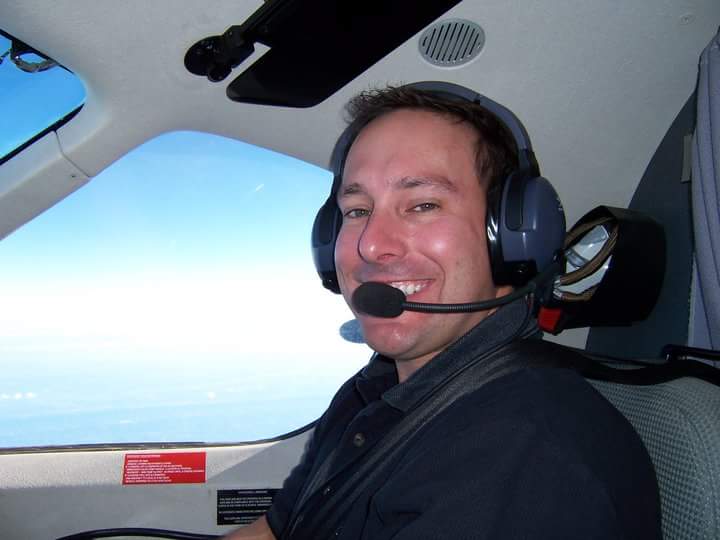By Bryan Smith, Director of Cirrus Operations
Weather was severe clear with no wind, a perfect day to fly. Cirrus X decided to take off on runway 15 at Chesterfield, Richmond Executive Airport. After a final check and radio call, the pilot applied power and the aircraft accelerated rapidly. The pilot said to the instructor, “airspeed alive, engines gauges are in the green.” The instructor agreed and they proceeded. At rotation speed, the pilot pulled back and the plane lifted off gracefully.
In the corner of his eye, the pilot saw something. A flock of birds was heading right towards the aircraft. He yelled, “birds!” The instructor agreed and asked what are you going to do next? The pilot abruptly yanked back on the side stick and the stall warning blared. The aircraft was 50 feet off the ground, in a power-on stall. The student, an experienced private and instrument pilot with about 500 hours, tried to lower the nose and regain control, but the aircraft was falling, out of control.
“Cirrus X, maintain 6000, proceed direct LYH VOR as filed.” Within 4 minutes, the aircraft was nearly upside down in clouds and the pilot was asking the instructor, “What is going on”? The instructor sat quietly as the pilot worked the problem. The PIC quickly developed a new instrument scan and found the mistake. The standby attitude indicator and the PFD horizon did not match. Through cross checking multiple sources, the pilot determined that the standby was the accurate instrument, and the PFD was giving a false and unreliable horizon. Switching scan to the standby, the pilot efficiently returned to straight and level flight.
“Baron X, Left turn heading 360, maintain 2000 until established on the localizer, cleared ILS 33 approach Richmond Executive.” Current weather was 1700 feet overcast with light winds out of the north. The pilot, the most experienced Baron pilot on the field, rolled left to join the localizer. At that moment the left engine experienced a catastrophic failure. This quickly became a handful, as the aircraft kept rolling towards the left in instrument conditions. Soon the aircraft was nearly upside down. The pilot persisted, taking power off the remaining engine, identifying and verifying the bad engine, and reducing drag by feathering the bad propeller. After regaining control, the pilot looked to his right and said, “WOW! That was great practice, can we do that again”? I said, absolutely, and reset the conditions to duplicate that experience.
Don’t worry, no pilot, or for that matter, instructor was harmed in the making of these stories! These are tales from our simulator. These scenarios are real world possibilities. How would you prepare for them – through memory aids, chair flying, visualization? How about actually flying them in our simulator, so you’ll be ready if they happen in flight?
We have had the simulator just over three months now, and have put more than 100 hours on it. We have done more emergencies, and standard operating procedures in those 100 hours than ever could have been accomplished in a real aircraft, while saving time and expense. If you have used the sim with us already, then you have seen the huge advantages. If you have yet to experience it, please visit with us, and we can take your safety of flight to a new level. Oh and by the way, watch out for the deer. They can do some serious simulated damage!
To schedule a simulator session, call our flight training department at 804-271-7793.

